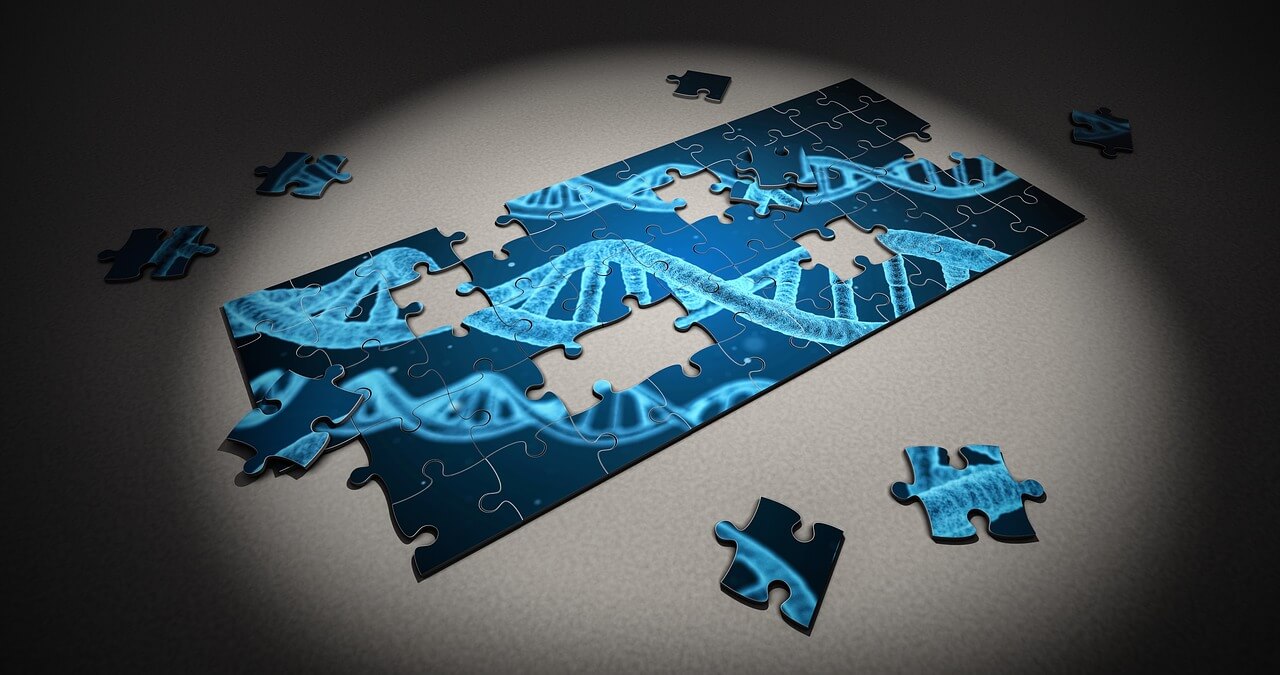Jan 15
2019
How Technology Saves Lives Every Day
 While you may think of technology in terms of the CT scanner, the advancements made in recent years in cardiac monitors, portable x-ray equipment, sonography, bedside lab testing, even IV needles are all part of how tech is improving healthcare.
While you may think of technology in terms of the CT scanner, the advancements made in recent years in cardiac monitors, portable x-ray equipment, sonography, bedside lab testing, even IV needles are all part of how tech is improving healthcare.
Just ask the medical staff of inpatient and outpatient rehab centers. Point of care testing allows blood testing to be done at the bedside. Results for electrolytes, hemoglobin and hematocrit, glucose, blood gases and several other essential blood tests can be in the doctor’s hands in the time it used to take to run the blood to the lab.
Every discipline of medicine is evolving because of the changes in technology. First, there were x-rays then CT scans and MRIs. Now PET scans routinely diagnose very early cancers because they scan the body at a cellular level, often finding tiny areas of increased activity that wouldn’t show up on a CT scan or MRI. Speaking of pets, tech has helped improve the health of our dogs and cats. Whether simply treating a constipated dog or detecting cancer in a cat, the same image scans that serve to help people are being used to help their pets. Robotic surgery sounds like science fiction, but the discipline is gaining acceptance everywhere. Very small incisions have replaced long scars as surgeons control miniaturized instruments from a monitor with magnification that enables very precise work.
Even common health problems, such as diabetes and asthma, are affected by improved technology. Advanced diabetic pumps and monitors help to control blood sugars more exactly as well as improving the quality of life for many diabetics. The newer asthma inhalers deliver a more accurate dose and are easier to use, especially for elderly and young patients.
Computers connect health care agencies and allow researchers to gather data in real time. The diagnosis of a case of influenza or meningitis can be reported to the CDC within minutes to hours, helping to stop the spread of epidemics.